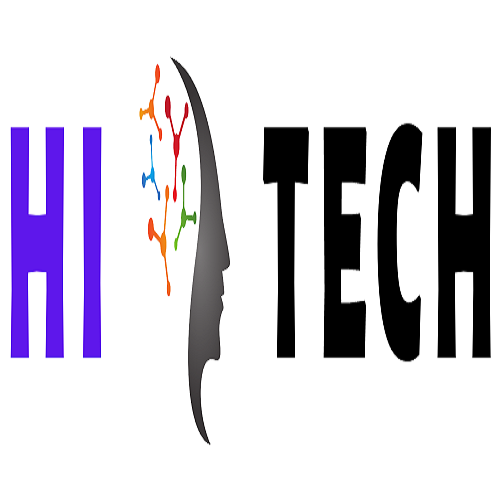Introduction:
Edge
computing is a technology that allows data processing and computation to be
done closer to the source of data, rather than relying on remote data centers
or cloud services. This enables faster data processing, reduced latency,
improved security, and better scalability. In this article, we will explore
what edge computing is, its benefits, and its use cases.
What is Edge Computing?
Edge
computing is a distributed computing paradigm that involves processing data at
or near the source of the data. It involves deploying compute, storage, and
networking resources closer to the end-users, devices, and sensors that
generate the data. Edge computing is an alternative to the traditional
centralized computing model, where data is processed in remote data centers or
cloud services.
Edge
computing aims to address the limitations of the centralized computing model,
such as network latency, bandwidth constraints, and security concerns. By
processing data locally, edge computing can reduce the round-trip time between
data sources and processing units, which results in faster processing and
reduced network congestion. Edge computing can also improve security by
limiting data exposure to unauthorized access and reducing the attack surface.
History of Edge Computing:
The
concept of edge computing has been around for several decades, but it has
gained significant traction in recent years due to the proliferation of
connected devices, the growth of the Internet of Things (IoT), and the
increasing demand for real-time data processing and analysis. Here is a brief
history of edge computing:
In1980s:
In
the 1980s, companies like IBM and Sun Microsystems began developing network
appliances, such as routers and switches, that were designed to process data at
the edge of the network.
In 1990s:
In
the 1990s, companies started deploying edge servers to handle tasks such as
caching, load balancing, and content delivery. These edge servers were designed
to improve the performance and reliability of web applications.
In 2000s:
In
the 2000s, the rise of cloud computing led to a shift away from edge computing,
as many companies started moving their data and applications to centralized
cloud providers. However, as more devices became connected to the internet, the
need for edge computing resurfaced.
In 2015:
In
2015, the OpenFog Consortium was established, bringing together industry
leaders from companies such as Cisco, Intel, and Microsoft to develop standards
and best practices for edge computing.
In 2017:
In
2017, the Edge Computing Consortium was formed in China, with the aim of
promoting the development of edge computing technologies and applications.
Rapidly Growing of edge computing:
Today,
edge computing is a rapidly growing market, with a wide range of applications
in industries such as manufacturing, transportation, healthcare, and retail.
Benefits of Edge Computing:
Edge
computing offers several benefits over the traditional centralized computing
model, including:
Reduced Latency: By processing data locally, edge computing can
reduce the round-trip time between data sources and processing units, resulting
in faster processing and reduced latency.
Improved Scalability: Edge computing allows for
distributed computing, which enables organizations to scale their computing
resources as per the demand. This can help organizations save on costs
associated with overprovisioning of computing resources.
Enhanced Security: Edge computing can improve
security by limiting data exposure to unauthorized access and reducing the
attack surface. This is particularly important for applications that involve
sensitive data such as financial data, personal health data, and industrial
control systems.
Reduced Network Congestion: Edge computing can reduce network
congestion by processing data locally, which reduces the amount of data that
needs to be transferred over the network.
Use Cases of Edge Computing:
Edge
computing has numerous use cases across various industries, including:
Internet of Things (IoT) Devices: Edge computing is crucial
for IoT devices that generate a large amount of data, as processing data at the
edge can significantly reduce the latency and bandwidth requirements for
transmitting data to a centralized cloud or data center.
Real-time Analytics: Edge computing enables real-time
processing and analysis of data, making it an ideal solution for applications
that require quick decision-making and response times, such as autonomous
vehicles, industrial automation, and smart cities.
Video and Audio Processing: Edge computing can be used for
real-time processing of video and audio data, allowing for applications such as
video surveillance, facial recognition, and speech recognition.
Augmented and Virtual Reality: Edge computing can support
augmented and virtual reality applications, as it enables the processing of
large amounts of data in real-time, which is essential for creating immersive
experiences.
Edge Cloud: Edge computing can be used to create edge
clouds, which are distributed computing environments that allow for processing
and storage of data at the edge of the network, providing lower latency and
faster response times than traditional cloud computing.
Overall,
edge computing is a versatile technology that can be used in a wide range of
applications, enabling faster and more efficient processing of data at the edge
of the network.
Conclusion:
In
conclusion, edge computing has a rich history that spans several decades, and
its development has been driven by the need for faster and more efficient data
processing and analysis at the edge of the network. As the number of connected
devices continues to grow and the demand for real-time data processing and
analysis increases, edge computing is poised to play an increasingly important
role in a wide range of industries and applications. With the development of
new standards and best practices, as well as the ongoing innovation and
investment in edge computing technologies, it is likely that we will see even
greater adoption and deployment of edge computing solutions in the years to
come.









0 Comments